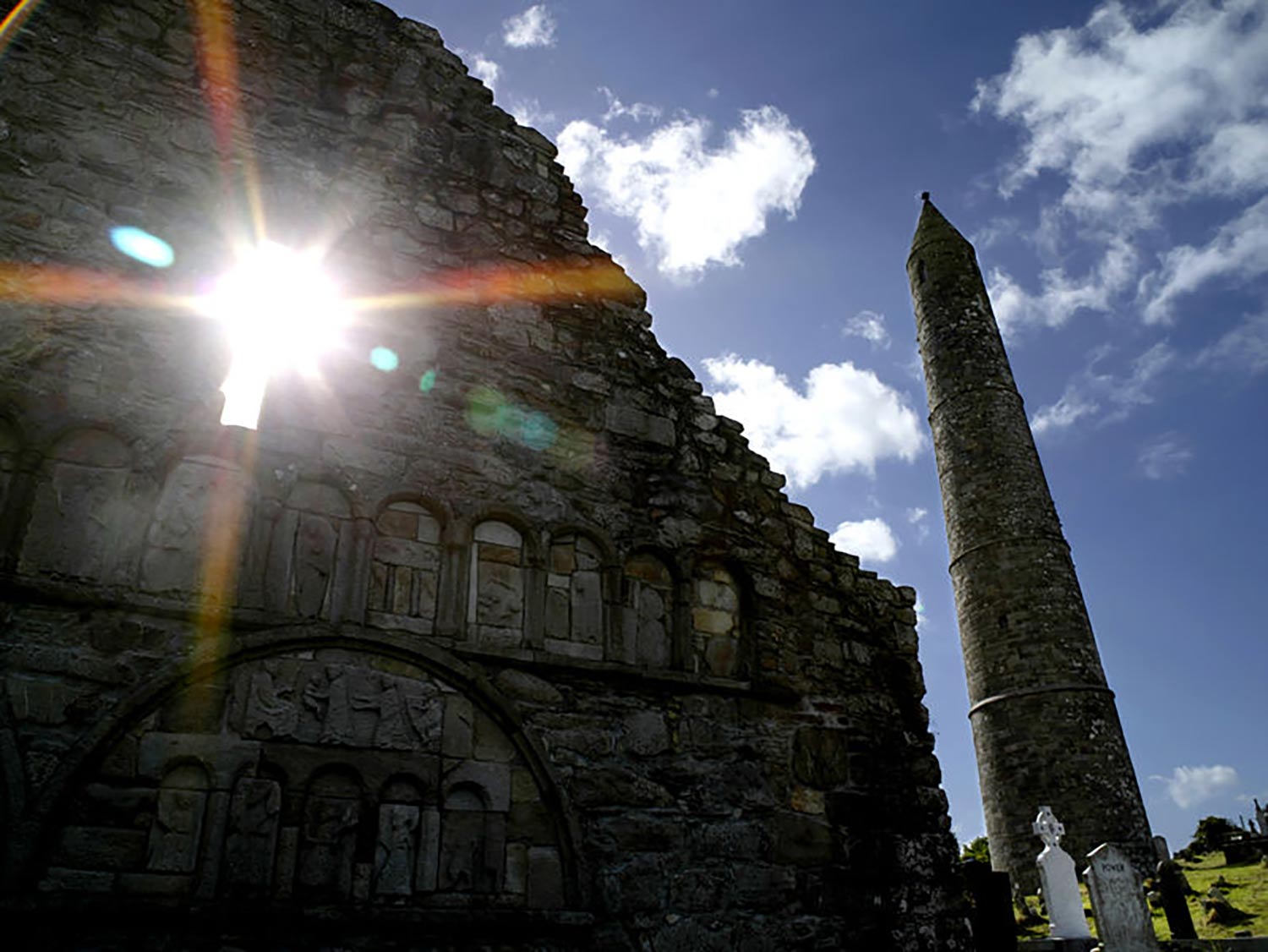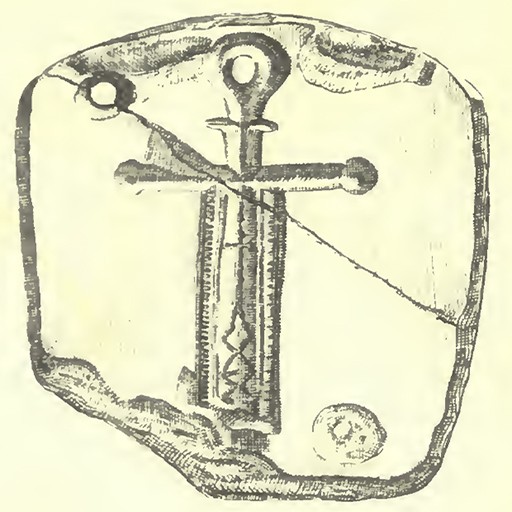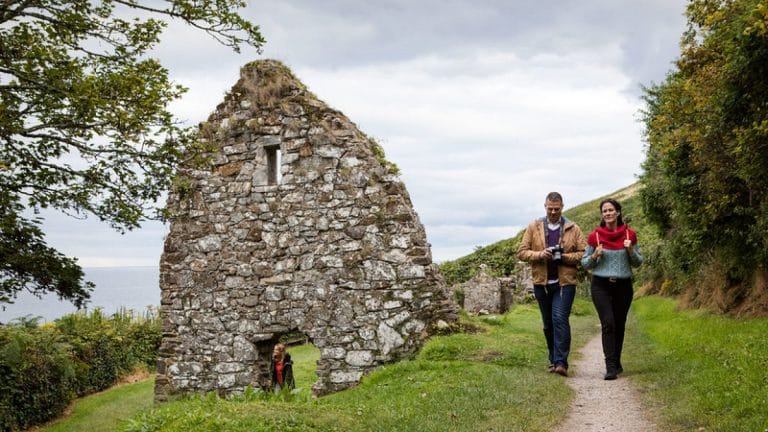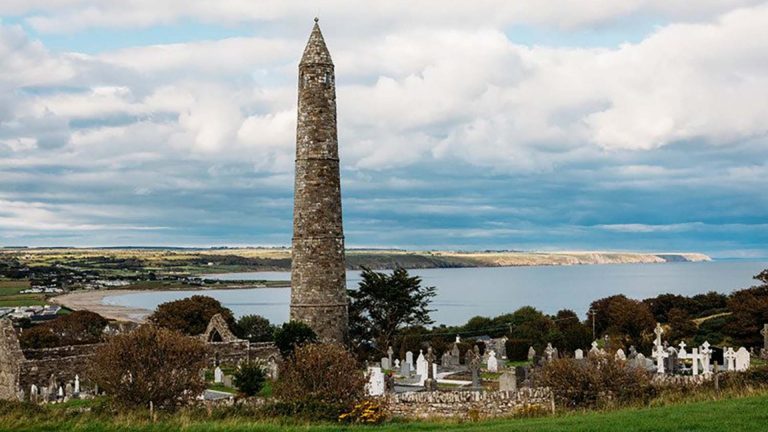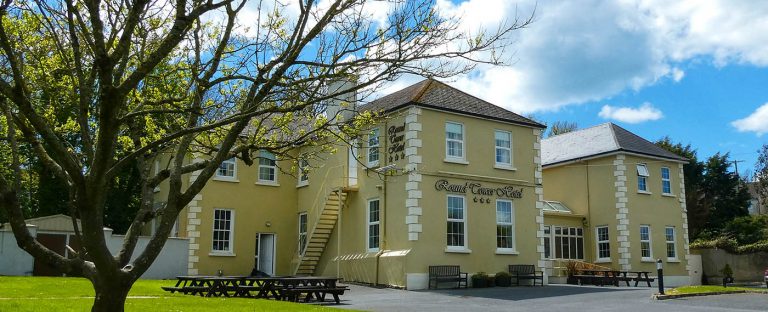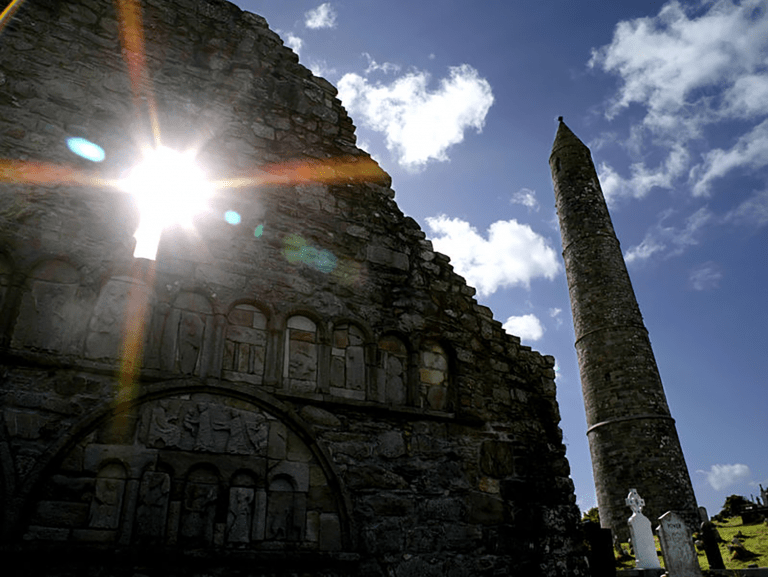Nestled in the heart of Ardmore, County Waterford, the ruins of Ardmore Cathedral stand as a testament to Ireland’s rich ecclesiastical heritage. Founded by St. Declan in the 5th century, this site has witnessed centuries of history, architectural evolution, and spiritual significance. Let’s delve into the secrets of Ardmore Cathedral and explore its remarkable features and historical context.
A Historical Overview
Ardmore Cathedral is part of a larger monastic complex established by St. Declan, one of Ireland’s earliest saints, who is believed to have founded the monastery before St. Patrick’s arrival. The cathedral itself was built between 1170 and 1210 under the direction of Moel-ettrim Ó Duibh Rathra, who played a crucial role in its construction. The building reflects various architectural styles, having undergone several phases of development over the centuries.
Architectural Features
The cathedral consists of a nave and chancel, with the chancel being the oldest part, dating back to the 9th century. The nave showcases stunning Romanesque arcading, a distinctive feature characterized by a series of arches that create a visually striking façade. This arcading is particularly rare in Irish churches from this period and includes intricate carvings depicting biblical scenes such as:
- Adam and Eve: Representing the story of creation.
- The Judgement of Solomon: Illustrating themes of wisdom and justice.
- The Adoration of the Magi: Celebrating the Wise Men’s visit to the infant Jesus.
These carvings enhance the cathedral’s aesthetic appeal and serve as storytelling devices that convey important religious narratives.
The Ogham Stones
Within the cathedral grounds, visitors can find two Ogham stones, ancient stone inscriptions that date back to the 5th or 6th century. These stones are significant as they provide insight into early Irish language and culture, marking Ardmore as an important site for linguistic history.
St. Declan’s Oratory
Adjacent to the cathedral lies St. Declan’s Oratory, a small church believed to be the burial place of St. Declan himself. This structure dates back to the 8th or 9th century and adds another historical depth to the site. The oratory is essential to Ardmore’s monastic heritage, serving as a place for worship and reflection.
The Round Tower
Completing this remarkable ecclesiastical complex is the Round Tower, which stands approximately 30 meters tall. Built around the same time as the cathedral, this tower served multiple purposes: it acted as a belfry, a lookout point, and a refuge during times of conflict. Its impressive height and sturdy construction make it one of Ireland’s finest examples of round towers.
Spiritual Significance
Ardmore Cathedral has long been a pilgrimage site of spiritual significance for locals and visitors alike. The annual celebration on July 24th, honoring St. Declan’s feast day, draws crowds who come to pay homage to this influential figure in Irish Christianity.
Conclusion
Ardmore Cathedral is more than just a collection of ruins; it is a gateway into Ireland’s rich religious history and architectural heritage. As you explore its grounds, appreciate the intricate details carved into its stone walls and reflect on the countless stories unfolding within its sacred space over centuries.
Whether you are a history enthusiast, an architecture lover, or simply seeking a peaceful retreat, Ardmore Cathedral offers an enriching experience that connects you with Ireland’s past. Unlocking its secrets invites you to delve deeper into the spiritual legacy of St. Declan and those who came after him—a legacy that continues to inspire generations today.
Citations:
[1] https://www.megalithicireland.com/St%20Declan’s%20%20Cathedral%20Ardmore.html
[2] https://heritageireland.ie/unguided-sites/ardmore-cathedral-round-tower-and-oratory/
[3] https://en.wikipedia.org/wiki/St._Declan’s_Monastery
[4] https://edmooneyphoto.wordpress.com/2015/11/03/ardmore-cathedral/
[5] https://theirishaesthete.com/2019/06/19/ardmore/
[6] https://www.ardmorewaterford.com/unlock-the-secrets-of-ardmore-cathedral/
[7] https://www.ardmorewaterford.com/st-declans-catherdral/
[8] https://visionsofthepastblog.com/2017/10/03/ardmore-cathedral-and-round-tower-waterford-ireland/
[9] https://www.discoverireland.ie/waterford/ardmore-round-tower-and-cathedral
[10] https://visitwaterford.com/vw_listing/ardmore-round-tower-cathedral/
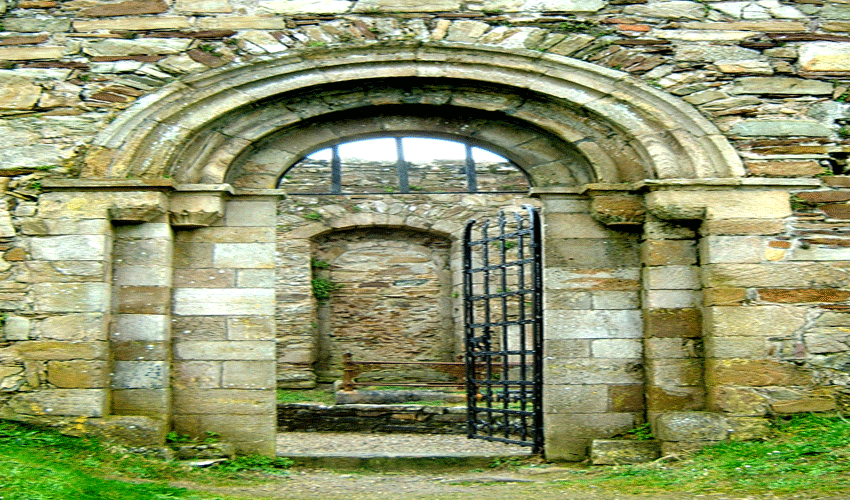
Unlock The Secrets Of Ardmore Cathedral
No visit to Ardmore is complete without a visit to the ruins of Ardmore Cathedral.
Located just a short stroll from Main Street in the heart of Ardmore Village, the site was formally recognized as a Cathedral in 1170.
It underwent several phases of construction over the centuries and the present building showcases various periods and styles.
The chancel is the oldest part of the cathedral and dates from the 9th Century.
The nave is from late 12th-century work.
This feature will perhaps capture a visitor’s attention the most. The arcading of the nave is indeed an extraordinary feature of this ruin. Arcading is a common characteristic of Romanesque churches on the continent but is comparatively rare in Irish churches of the same date.
Further works on the south side wall and the east gable were completed in the 14th century.
The arch, of late 12th or early 13th-century character, is well-deserving of closer inspection. Remarkably high bases (56 inches) from which the columns spring and the lightness of the arch above lend to the whole feel of this wonderful space.
Standing within the choir, the visitor will not fail to notice the two ogham inscribed pillar stones in the north-west and southwest angles, respectively. One was discovered and built into the eastern gable of the little oratory known as Relig Deglain. A third ogham stone, now in the National Museum, was found built into the nave wall of the cathedral.
The most unusual feature is the arcade – a series of sculptures outside the west wall telling stories from the bible.
Although many of the upper panels are worn – you can make out the Archangel Michael weighing souls.
The lower panels include Adam and Eve, the Adoration of the Magi, and the Judgment of Solomon.
Learn more about Ardmore Cathedral
